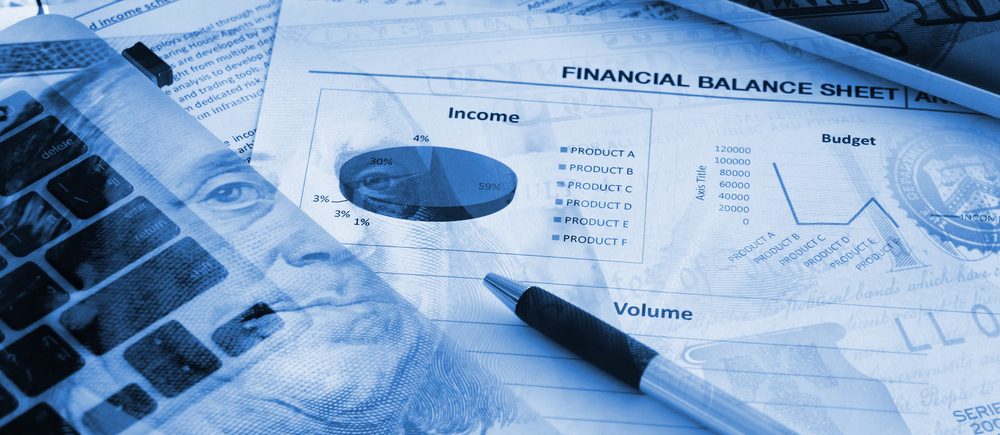A recent report showed that the balance sheet of the United States Federal Reserve could peak by next year before declining and then stabilizing in three years.
The Fed’s portfolio could reach $9 trillion by the end of 2022, according to recent estimates by the Federal Reserve Bank of New York.
It is not expected that the balance sheet would peak at the level of $6.2 trillion by the end of next year before beginning to decline.
Then, stabilization is expected until 2025 with reinvesting the returns of securities, and then the path of the Fed’s portfolio will most likely depend on the policy chosen by the Federal Open Market Committee (FOMC).
The FOMC is expected to begin normalizing the monetary policy, following the recent easing cycle that mainly aims at supporting economic recovery from the coronavirus pandemic.
Although the recent rise in inflation led to expectations that the Fed might begin raising interest rates sooner than previously expected, remarks by the monetary policymakers pointed to the likely scenario that the rise in inflation will be temporary over the course of the summer.
In addition, the Fed will likely maintain the current level of asset purchases at $120 billion per month until the end of the year, despite the Fed’s April meeting minutes showing calls within the central bank to begin discussing reducing the buying activity in the coming meetings.
One of those who recently came out in support of beginning the discussion is the Federal Reserve Vice Chairman for Supervision.
Earlier today, the Fed Vice Chair, Randal Quarles, said that he does not want to overstate concerns, ruling out a huge surge in inflation rate with the Fed fully committed to a new strategy to maintain support to the economy until recovery goals are achieved and show substantial further progress.
“I don’t want to overstate my concern.”
“We may need additional public communications.”
“If my expectations about economic growth, employment, and inflation over the coming months are borne out… it will become important… to begin discussing our plans to adjust the pace of asset purchases at upcoming meetings,” Quarles said.
“We need to remain patient.”
 Noor Trends News, Technical Analysis, Educational Tools and Recommendations
Noor Trends News, Technical Analysis, Educational Tools and Recommendations





